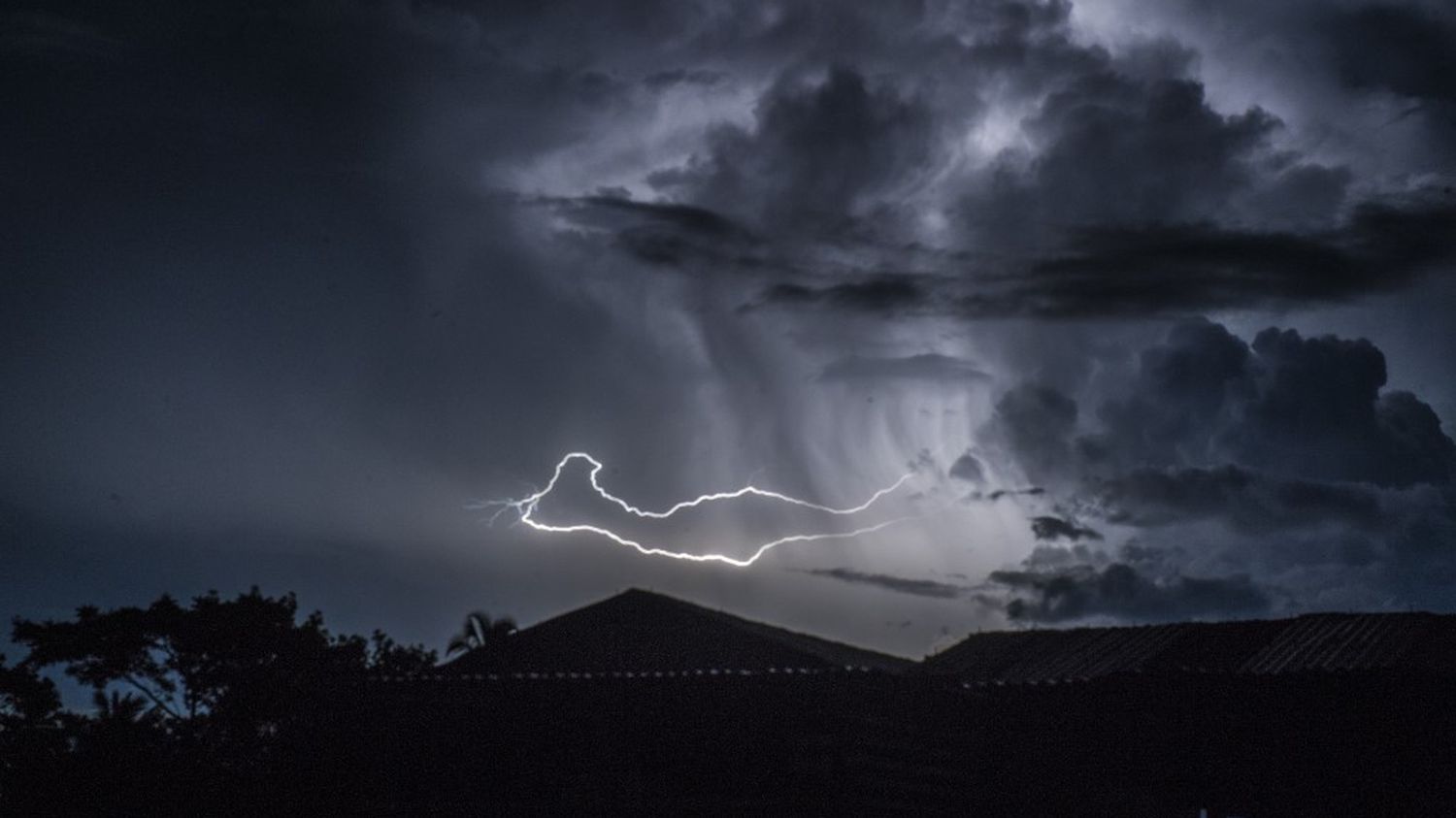Lightning tends to always strike in the same place and this was proven by a census, over several years, in Spain and South America. The lightning strikes in privileged places and not necessarily the highest.

Published
Update
Reading time: 3 min

Lightning can strike the same place several times, explained a team of scientists who conducted a census over several years in Spain and South America. Mathilde Fontez, editor-in-chief of the scientific magazine Epsiloon, explains to us that with the storm season beginning, we were able to observe this phenomenon quite suddenly, particularly two weeks ago in Île-de-France.
franceinfo: Thunderstorms are a violent, sudden phenomenon, but in fact quite predictable, reveals a new study
Mathilde Fontez: Yes, lightning can strike the same place twice. In a sense, we already knew this, because what causes lightning is a cocktail of weather, geography and climate, a constant depending on the region. Lightning strikes more often in mountains, in humid and warm areas. A large census, carried out in 2021 using sensors installed on board the ISS and several satellites, had already provided a precise map of impacts on a global scale.
A quick tour of the world. Lhe world record is held by Lake Maracaibo, in Venezuela. It experiences 297 days of lightning per year. The most electric capital is Kuala Lumpur, Malaysia, with 179 lightning strikes per day, on average. The big hot spot in Europe is in the Alps, northeast of Italy. However, there is never lightning at the poles. But beyond these extreme cases, a team of Spanish and American specialists wanted to trace lightning impacts over years, to carefully analyze their recurrence.
Are there impacts always in the same place?
Yes, in the two areas they chose for their study: Catalonia, in northeastern Spain, and a region in central Colombia, they find what they call recurring points. These are specific places where lightning strikes every year. They counted 148 in Catalonia, and 916 in Colombia. All these points have been attracting lightning for 10 years, invariably.
Are these often high altitude areas?
In Catalonia, yes. 72% of recurring lightning spots are – unsurprisingly – at the top of mountains, or on ridges. But not only that, 10% of hot spots have no particular characteristics. They are not particularly high, nor particularly prominent. In Colombia, these recurring points are rather at low altitude, at 175 meters on average. Lightning tends to fall on slopes. In Spain, researchers are also finding hot spots in the open sea, without being able to say whether this is an effect of ships or local weather conditions. OOf course, we find in these data the effect of human constructions, telecom antennas, wind turbines.
In the two study areas, there are 1,000 points, 1,000 places, where next year, we now know that lightning will strike. The researchers are making their new indicator available to manufacturers and insurers, and are, of course, calling for broader research.
